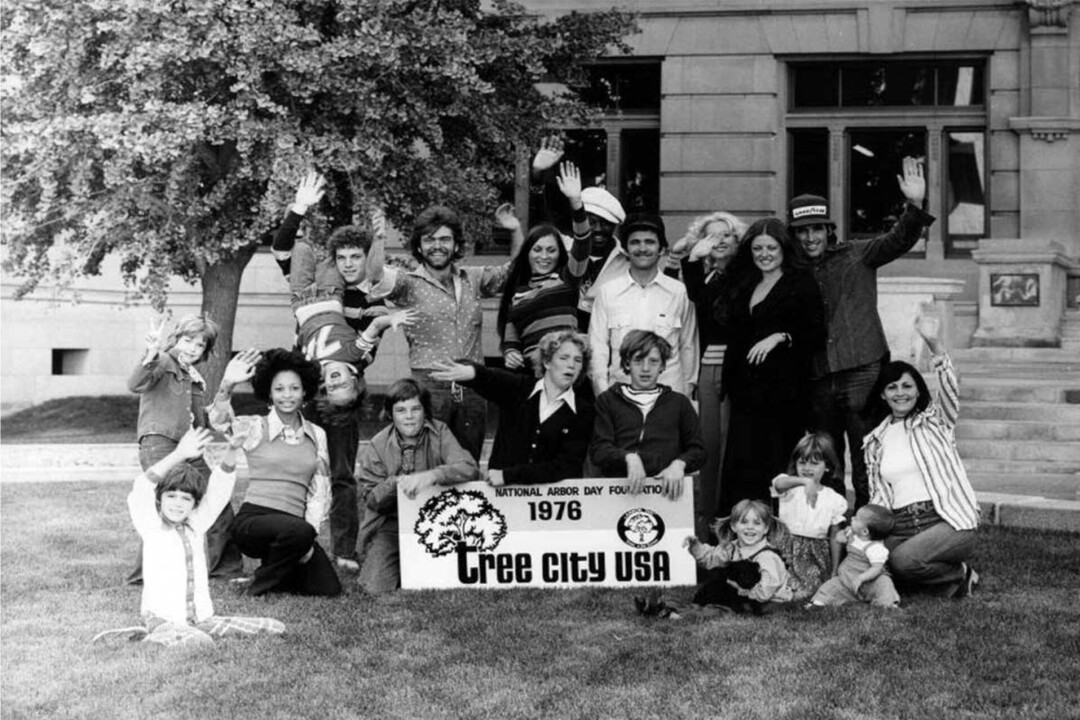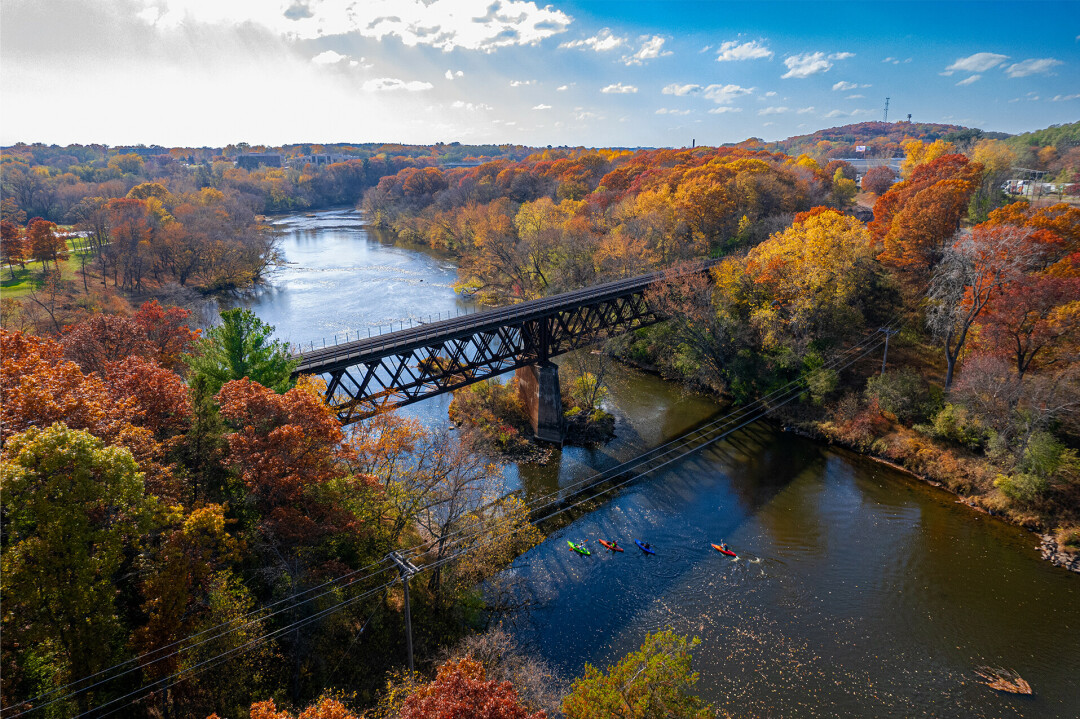What Is a Tree City?
Eau Claire has been an accredited Tree City for more than 40 years, but what does that mean?

There are several cities in the Chippewa Valley that are recognized by the Arbor Day Foundation as a Tree City, including Altoona, Dunn, Eau Claire, Menomonie, and Stanley, but what does that mean?
Tree City USA is one of the Arbor Day Foundation’s oldest programs, founded in 1976 by a small group of people who envisioned a greener, healthier America, hoping the initiative would someday inspire nationwide change. Now, more than 40 years later, Tree City USA’s impact is felt throughout the country and even overseas.
What started out as one cohort of Tree City USA communities including 16 states has expanded to nearly 3,600 communities from all 50 states from Washington D.C. to Puerto Rico. By becoming a Tree City, communities have to meet several standards that all positively impact the environment we work and play in.
As described by the Arbor Day Foundation, some of the key reasons why places should become a Tree City USA are:
- Trees help absorb the sounds of traffic in urban areas by 40%
- Neighborhoods with trees are 7-9 degrees cooler than those without
- Trees reduce energy costs up to 25% by shading buildings and protecting them from winter winds
- Homes with trees have higher property values
- Green space plays a major role in improving mental and physical health
- Planting and maintaining trees absorbs carbon dioxide in the atmosphere, mitigating the effects of climate change
- Publicly demonstrating your commitment to the environment is a great way to build pride among residents, as well as position your community as an attractive place to live. To help you share your award, we send signs, flags, press releases, and other materials after your acceptance
By 2022, more than one million trees were planted thanks to the Tree City USA program and more than $1.5 billion was invested in urban forestry across the country.
As of 2022, in Wisconsin alone there are 193 Tree Cities – nearly 60% of the whole state – Eau Claire tied for the second longest-running Tree City in the state with Milwaukee and Waukesha, all only behind the longest-running city, Sheboygan, with 45 years.

Plus, UW-Eau Claire is one of 10 higher-learning schools in the state earning Tree Campus status. Thanks to Wisconsin communities, 29,794 trees have reportedly been planted through their commitment to Tree City USA, and nearly $50 million going toward statewide urban forestry management.
Eau Claire became Tree City accredited by meeting four standards: maintaining a tree board or department; having a community tree ordinance; spending at least $2 per capita on urban forestry; and celebrating Arbor Day.
As of 2022, in Wisconsin alone, there are 193 Tree Cities – nearly 60% of the whole state.
And as the Arbor Day Foundation states, with more than 40 years of progress made, this is still just the start. “Our story isn’t over. We hope to continue growing our network, city by city, until every American can live in a Tree City USA community.”
Visit the Arbor Day Foundation website to learn more about its efforts and the Tree City USA program. Learn more about the City of Eau Claire's Forestry Department online.



















